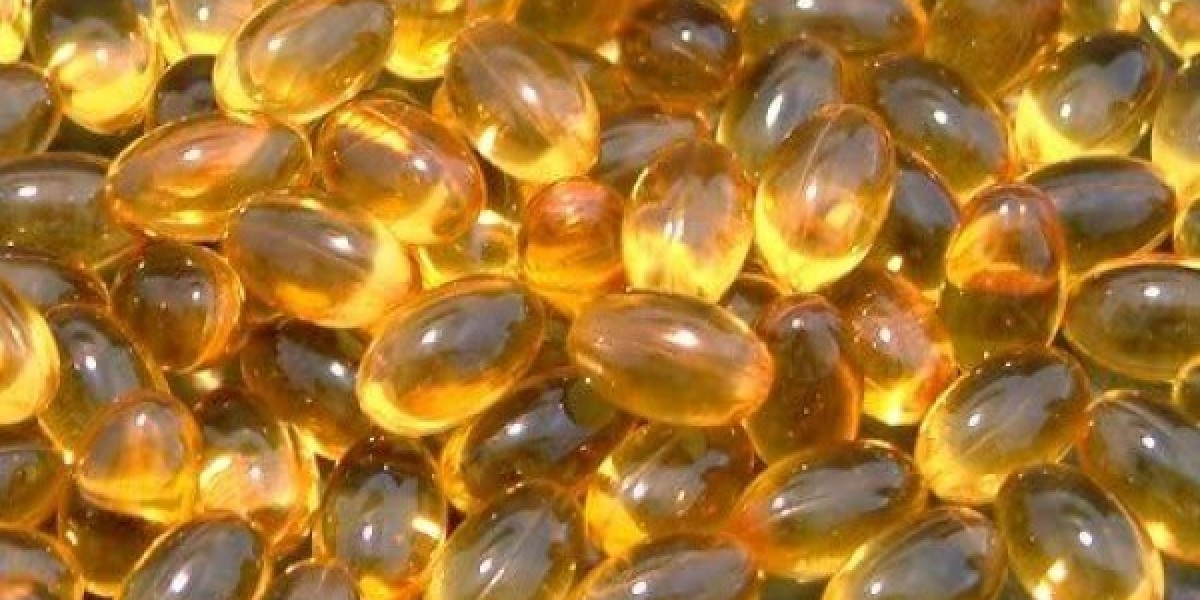Tin Plating
Tin plating, also known as tinning, is a common application of Stannum Chemical. In tin plating, a thin layer of metallic tin is electrochemically applied to the surface of another metal like steel or copper. This process protects the base metal from corrosion and makes it suitable for applications that require a material that is resistant to corrosion but also easy to shape. Tin plating is commonly used to coat metal food cans, resulting in cans that can preserve food for long periods without reacting with or contaminating the contents. It is also used on some cooking utensils, steel pipes, and ship hulls for corrosion protection.
Stannous Chloride
Stannous chloride (SnCl2) is an important tin chemical primarily used in the c Tin Chemicals industry as a reducing agent and catalyst. As a reducing agent, stannous chloride is used to reduce dye intermediates and organic substrates. It is also commonly used as a mild catalyst in organic chemistry reactions such as hydroboration and in the manufacture of certain polymers. In addition, stannous chloride has some uses as a mordant in dyeing and as a wood preservative. However, due to issues with toxicity, many of its applications as a biocide have been replaced by other less toxic alternatives in recent decades.
Tin Pesticides
Tin compounds have a history of use as pesticides and fungicides, though environmental and health concerns have led to restrictions in many areas. Organotin compounds like tributyltin have been widely used as biocides in antifouling paints applied to boat hulls to prevent organisms like algae and barnacles from adhering. However, due to toxicity issues, its use in boat paints is now heavily restricted in most parts of the world. Other tin pesticides that have seen more limited agricultural use include fentin compounds for controlling various fungi and mites and bisthiosemi carbazones as herbicides. Remaining tin-based pesticides tend to be limited to specialized applications where no better alternatives exist.
Manufacture of Tinplate
Tinplate is coil steel or sheet steel coated with a thin layer of metallic tin. It is most commonly produced via electrolytic tinning, in which the steel substrate is immersed in an acid tin bath and an electric current is passed to deposit a thin layer of tin onto the steel surface. Tinplate production starts with high-quality steel sheets that are cleaned and pickled to remove scale and oxides from the surface. Next, the sheets undergo multiple rinse stages and occasionally additional treatments before entering the tin plating line. Here, the steel sequentially passes through additional cleaning, activation, and plating baths where a thin, bright tin layer is electrochemically deposited. Final rinses and drying completes the tinplating process. Tinplate has many uses but is best known for producing canned foods and beverages where the thin tin layer protects both the container and contents.
Electrolytic Manufacture of Metallic Tin
The predominant method for producing bulk metallic tin involves electrolysis of tin compounds. Molten tin fluoride or tin chloride salts serve as the electrolyte, with tin serving as the metal deposit at the cathode. In the most common electrolytic process, scrap tin or crude tin oxides are placed in an electrolytic cell and subjected to an electric current in a molten salt electrolyte bath typically maintained at 300-400 °C. This electrolysis causes tin ions in the molten salt to deposit as pure tin at the cathode while elemental fluorine or chlorine gas evolves at the anode. The electrolysis is continued until the original metal source is consumed and tin plates out on the cathode. Following electrolysis, the tin deposit is harvested and further refined such as by distillation to remove any contaminants present in the crude metal. Electrolytic tin production handles large volumes and yields tin with a purity upwards of 99.9%.
Applications of Tin Chemicals in Glass Manufacturing
Stannum Chemical have many established uses in the glass industry, mainly centered around strengthening and modifying glass. Tin (II) chloride is used as a fining agent during glass melting. Upon heating, the tin (II) chloride decomposes to form tiny bubbles that facilitate the removal of gases and undesirable materials tied up within the glass melt. This refining process helps produce clearer, higher quality glass. Tin also acts as a chemical strengthener when small amounts are incorporated into glass. During subsequent heat treatment, tin ions migrate to the surface causing compressive stresses that increase the material strength and scratch resistance of the finished glass product. Specialty glass compositions may also use organotin compounds to induce specific colors or modify glass properties. Stannum Chemical therefore fill valuable roles in producing high performance glass for varied applications.
Tin Chemicals have diverse applications primarily centered around their ability to contribute properties like corrosion resistance, strengthening effects, and catalytic behaviors. Additional key uses of tin compounds include electrolytic tin plating, manufacture of tinplate containers, production of elemental tin metal, and processing of glass. While some historical pesticide applications have declined due to toxicity issues, Stannum Chemical remain important industrial materials supporting major industries like food packaging, metal finishing, catalysis, and glassmaking. New applications also continue to emerge leveraging unique material properties conferred by this element.
Get More Insights On Tin Chemicals
About Author
Alice Mutum is a seasoned senior content editor at Coherent Market Insights, leveraging extensive expertise gained from her previous role as a content writer. With seven years in content development, Alice masterfully employs SEO best practices and cutting-edge digital marketing strategies to craft high-ranking, impactful content. As an editor, she meticulously ensures flawless grammar and punctuation, precise data accuracy, and perfect alignment with audience needs in every research report. Alice's dedication to excellence and her strategic approach to content make her an invaluable asset in the world of market insights.
(LinkedIn: www.linkedin.com/in/alice-mutum-3b247b137 )
samruddhicmi
28 Blog posts



